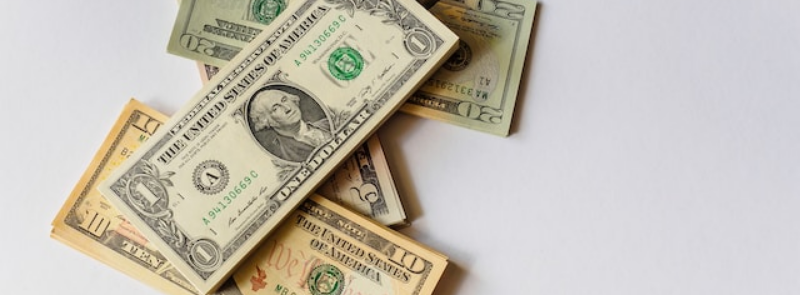
Timeline
Days Passed (354)
National Dollar Day on August 8th marks the establishment of the U.S. monetary system by Congress in 1786. In 1862, the United States issued its inaugural dollar bill, featuring the likeness of Salmon P. Chase, who served as President Lincoln's Secretary of Treasury, rather than George Washington. #NationalDollarDay
Origins and History
National Dollar Day is rooted in a significant historical event:
- Establishment of the Dollar: On August 8, 1786, the Continental Congress established the U.S. monetary system and adopted the dollar as the standard unit of currency. This decision was crucial in unifying the nation's economy and facilitating trade and commerce.
- Early Currency: Before the establishment of the dollar, the American colonies used a variety of foreign currencies, barter systems, and commodities like tobacco for trade. The adoption of a unified currency helped stabilize the economy and streamline financial transactions.
The Significance of the Dollar
The dollar plays a central role in the U.S. and global economies for several reasons:
- Economic Stability: The dollar has contributed to the stability and growth of the U.S. economy by providing a reliable medium of exchange.
- Global Influence: The U.S. dollar is one of the world's most widely used and recognized currencies, serving as a global reserve currency.
- Trade and Commerce: The dollar facilitates domestic and international trade, making it easier for businesses to operate and consumers to purchase goods and services.
Ways to Celebrate National Dollar Day
There are many fun and educational ways to celebrate National Dollar Day:
- Learn About the History: Take some time to learn about the history of the U.S. dollar and the development of the American monetary system. Explore online resources, books, and documentaries.
- Visit a Bank or Museum: If possible, visit a local bank, financial institution, or museum that offers exhibits on the history of money and currency. The Bureau of Engraving and Printing or the U.S. Mint are excellent places to explore.
- Collect Coins and Bills: Start or expand a coin and currency collection. Look for interesting or historical U.S. coins and bills to add to your collection.
- Teach Financial Literacy: Use this day to teach children or adults about the importance of financial literacy. Discuss topics such as saving, budgeting, investing, and the role of currency in the economy.
- Trivia and Games: Organize trivia games or quizzes about the history of the U.S. dollar and famous figures featured on currency. This can be a fun and engaging way to learn.
- Reflect on Spending: Take a moment to review your own spending habits and financial goals. Use this day as an opportunity to make positive changes in your financial planning.
- Support Local Businesses: Use your dollars to support local businesses and stimulate the economy. Shopping locally helps keep money within the community and supports small business owners.
Fun Facts About the U.S. Dollar
- First Paper Money: The first paper money in the United States was issued in 1690 by the Massachusetts Bay Colony to fund military expeditions.
- Greenback: The term "greenback" refers to the green ink used on the back of U.S. paper currency, which was introduced during the Civil War to prevent counterfeiting.
- Famous Faces: U.S. currency features portraits of prominent historical figures, such as George Washington on the $1 bill, Abraham Lincoln on the $5 bill, and Alexander Hamilton on the $10 bill.
- The Great Seal: The Great Seal of the United States, which appears on the back of the $1 bill, includes symbols such as the bald eagle, the olive branch, and the arrows, representing peace and war.
Conclusion
National Dollar Day is a day to celebrate the establishment of the U.S. monetary system and the adoption of the dollar as the nation's standard currency. It’s an opportunity to learn about the history of the dollar, reflect on its significance, and engage in activities that promote financial literacy and appreciation for this essential aspect of the economy. On August 8th, take the time to explore the rich history of the U.S. dollar, educate others, and maybe even start a new financial habit or two.


